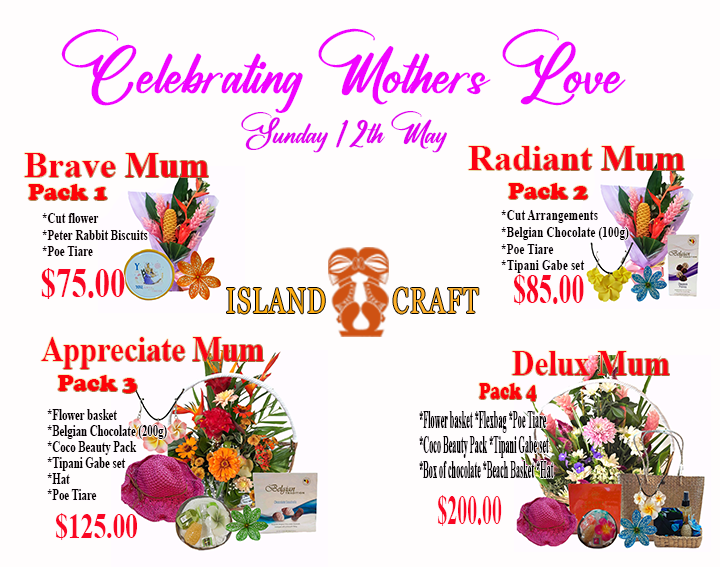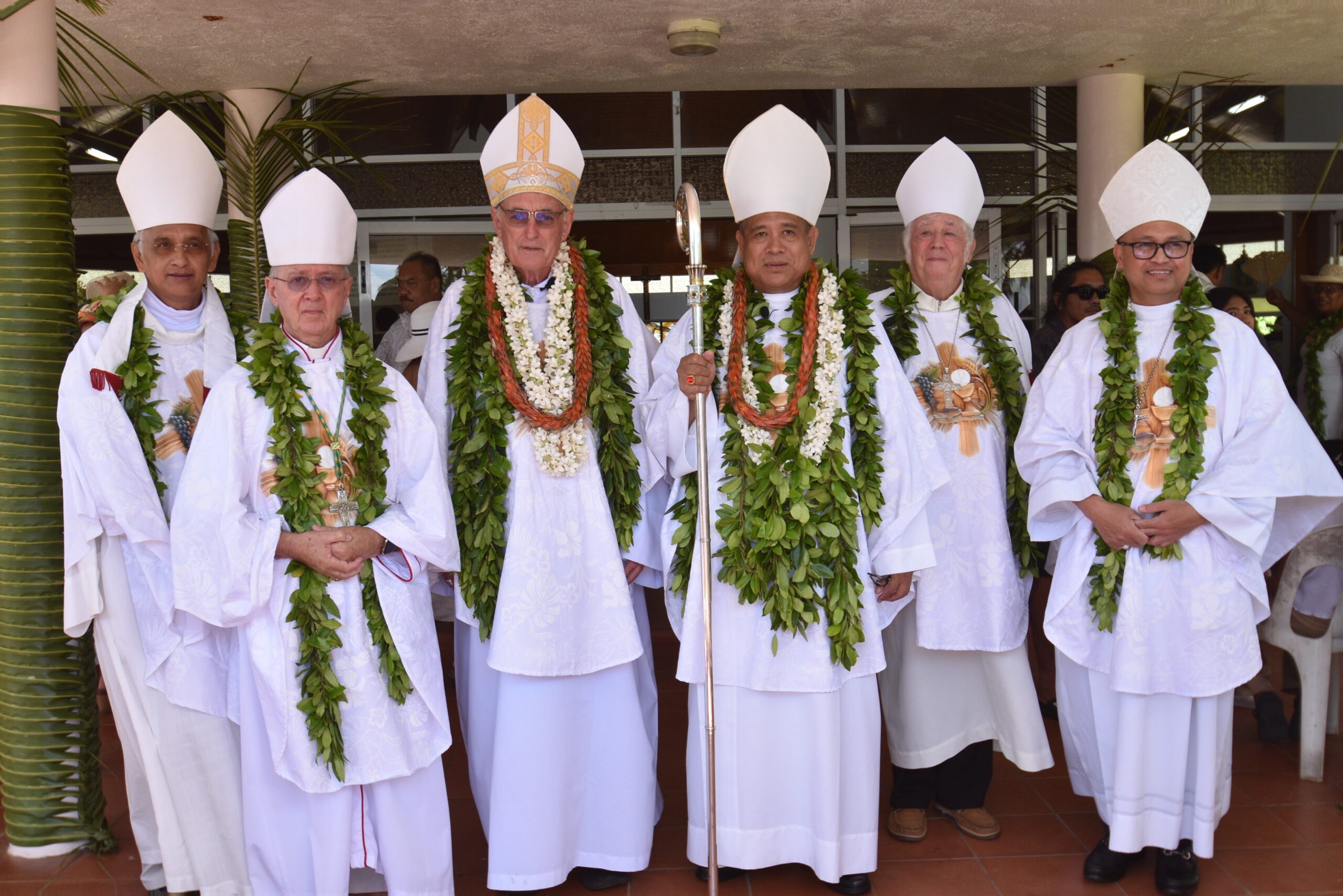The Takitumu Conservation Area
Saturday 23 April 2022 | Written by Te Ipukarea Society | Published in Opinion

A view of Avana from the Takitumu Conservation Area. PHOTO: SUPPLIED/22021154
Cleaning up around the office this past week we came across a fact sheet from around 1997 for the Takitumu Conservation Area (TCA).
Here we share some of the historical information it contains. With thanks to information prepared by Ana Tiraa
What is the Takitumu Conservation Area?
The TCA is a 155 ha forested area situated within the Takitumu district on the south eastern side of inland Rarotonga. It is the core breeding area of the (no longer) endangered and unique landbird – the kakerori, Rarotonga Fly-catcher. The area was mainly established to protect the kakerori but also to conserve many other unique plants and animals found there.
TCA Objective
The overall objective of the TCA remains to conserve its biological diversity, for the benefit and enjoyment of present and future generations of the Cook Islands.
When was it established?
The three upper valleys of Turoa, Totokoitu and Avana became the TCA in February 1996 with the agreement of the three major land-owning groups (Ngati Kainuku, Karika and Manavaroa). The Cook Islands Environment Service assisted with this move.
Landowners involvement
Members of the landowning clans are represented on the Conservation Area Coordinating Committee (CACC). The committee consists of six landowners, two from each of the clans. All major decisions concerning the TCA are made by the landowners representing the CACC. Ian Karika has been the chair of the CACC ever since it was established and continues to work tirelessly within the TCA to this day.
Birds in the TCA
All four native breeding landbirds are found in the area. This includes the illusive I’oi (Rarotonga starling) only found in Rarotonga. The Kakerori and the Kukupa which are both found on Rarotonga and Atiu. Along with the Rupe (Pacific Pigeon) which is also found widespread across the South Pacific.
Other landbirds include the introduced myna and the migratory long-tailed cuckoo. Several seabirds also nest in the area in small numbers.
Mammals
The mammals in the TCA are all introduced. The largest is the moa kirikiri (fruit bat), which has roosts in the area. The other mammals are small rodents such as the ship rat, the pacific rat, and the field mouse. The ship rats are known predators of the kakerori. Feral cats in the area also prey upon birds as well as the rats.
Plants
There are three vegetation forms present in the TCA: upland forest, disturbed forest/scrub, and fernland. Most species in these communities are native, but invasives such as ko’i’i (African tulip tree), rau maniota (Cecropia), venevene tinito (Inkberry) and tuava papaa (Red Strawberry-Guava) are common in both forest types.
The most common trees in the valleys are mato (Cook Islands Homalium), koka (Bischofia), karaka (Polynesian Elaeocarpus), turina (Mountain Lantern tree), tuitui (Candlenut), matira (Rubiaceae tree or Cyclophyllum), au (Tree Hibiscus), i'I (Chestnut).
The ana'e fern (King fern) is common underneath the trees. The neinei (Rarotonga Fitchia) is the most common small tree along the ridges.
About 70% of all plant species found in inland Rarotonga occur in the area, and include both unique species such as the abundant neinei and the patchily distributed Rarotonga orchid.
Rare species with notable populations in the area are the noded ground orchid, the large leafed Charpentiera tree, and the outer-islands karaka. A few specimens of the rare Melicope tree are located in the area.
Physical Features
The TCA extends from about 50m to about 270m above sea level. Clouds often cover those points higher than 200m high. The area is typical of inland Rarotonga - steep dramatic topography characterised by upstanding pinnacles of volcanic rock, locally known as Tangaroa.
Current status
The TCA is still managed by the landowning families today. Since this fact sheet was published back around 1997, the kakerori numbers have increased dramatically. This is due to the hard work and dedication of the landowning families and numerous volunteers continuing an annual rat poisoning programme. There has also been translocation of 30 kakerori to Atiu, 10 birds per year from 2001 to 2003. This was to help protect the species from any catastrophic events on Rarotonga. The birds are doing very well in Atiu, as there are no ship rats. A census is expected to be done later this year with assistance from the NZ Department of Conservation.









































